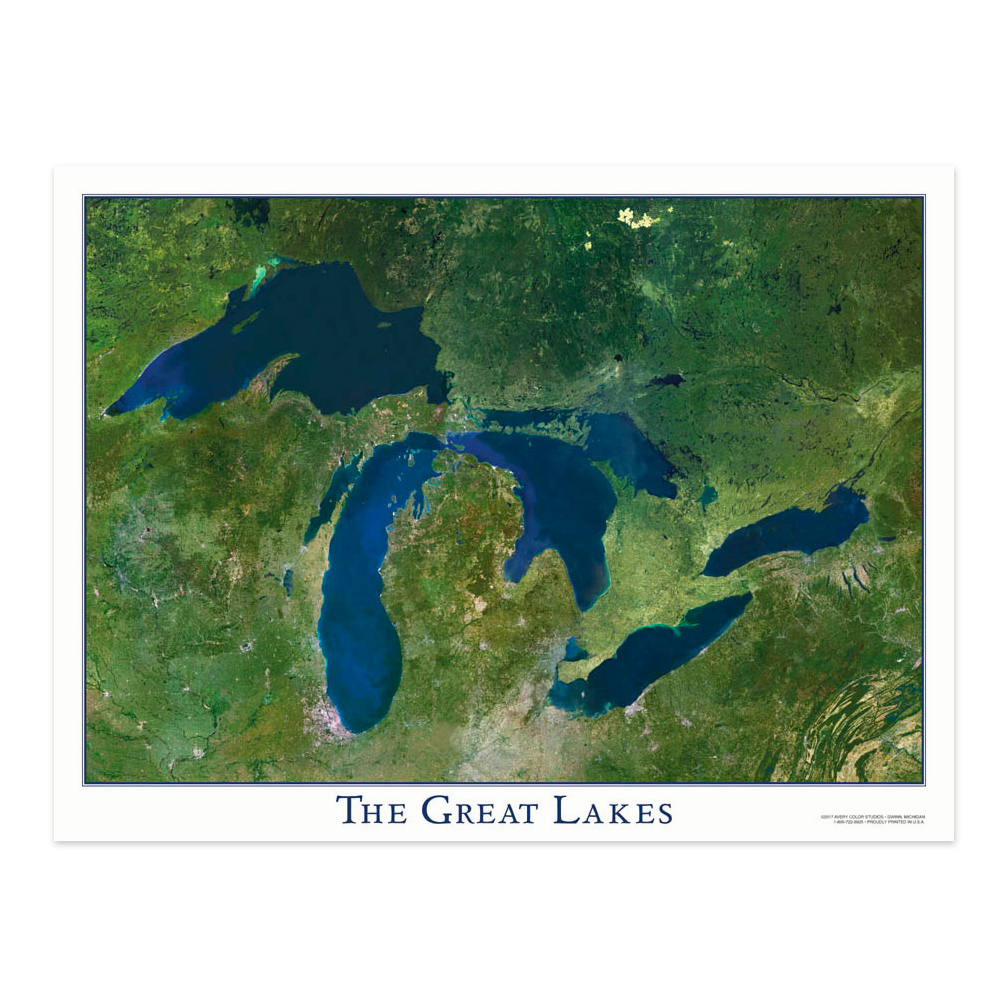Raptor Migration In the Keweenaw Peninsula
On top of Brockway Mountain in Copper Harbor, there is a researcher with his or her eyes toward the sky. He or she probably has a pair of high-tech binoculars and maybe even a shelter to shield from the occasional bursts of winds that sweep across Brockway. It’s a month or more before the typical tourist season, but it’s the birds’ migration season. Specifically, for raptors, birds of prey.
I’ve been there the past two years and hope to go again in the next month to see some of those birds of prey on their way south. The best time to catch the birds’ migration is in the months of April, May and somewhat in the beginning of June, and the number of raptors that pass by is astounding. Sometimes standing on top of Brockway it feels like any other day, but every couple minutes someone will shout, “there’s one!” and the spectators who know about this secret will all look eagerly.
Two years ago, after our car had climbed Brockway, the fog was so dense, we could hardly see ten feet in front of us. At the base of the mountain, it had seemed like a grey day but it wasn’t so bad; the top was a different story entirely. The researcher was there, sitting in his car hoping for the fog to pass, and when we showed up he got out and we chatted about the season thus far and whether the dense clouds were likely to shift anytime soon. He doubted it. That year we didn’t see any birds.
On a chilly, thankfully clear, spring day last year, we stood atop the mountain for three or four hours. Each time a bird passed, we asked the researcher what type of bird it was, and he told us tidbits of information about the trends of that bird and where he thought it might be going. Even as we drove through Eagle River, we saw a bald eagle sitting on the Lake Superior shore. It was probably on its migration route.
In 2012, researchers logged over 660 hours and spotted almost 20,000 birds. The bird of prey that was seen the most was the broad-winged hawk with 14,574 sightings. Some of the other common birds to pass by the Keweenaw Peninsula are the sharp-shinned hawk (1,923 sightings), red-tailed hawk (1,254), bald eagle (1,155), turkey vulture (285) and rough-legged hawk (238)
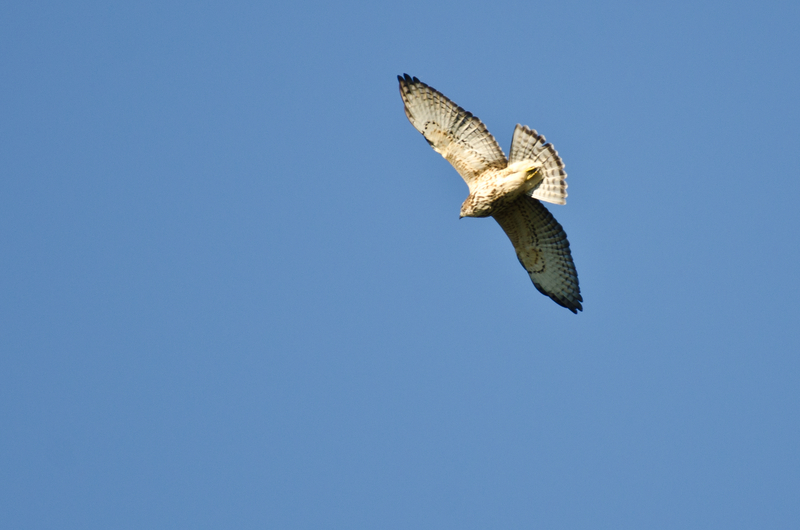
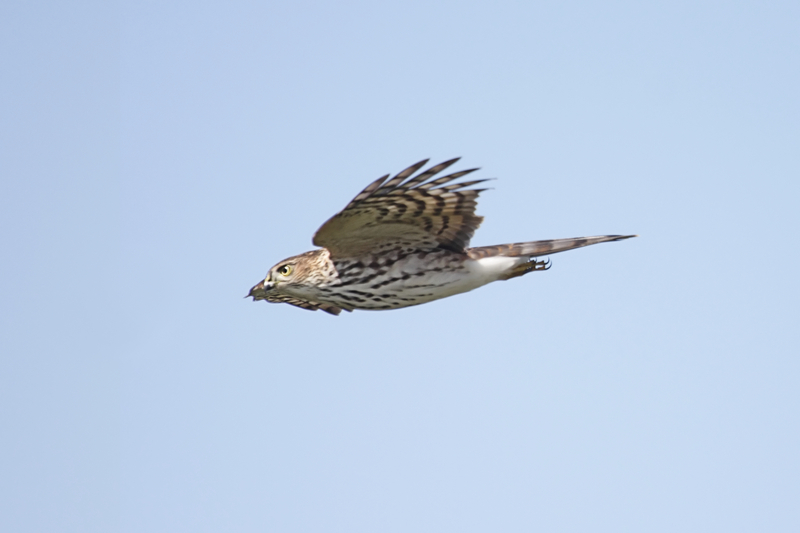
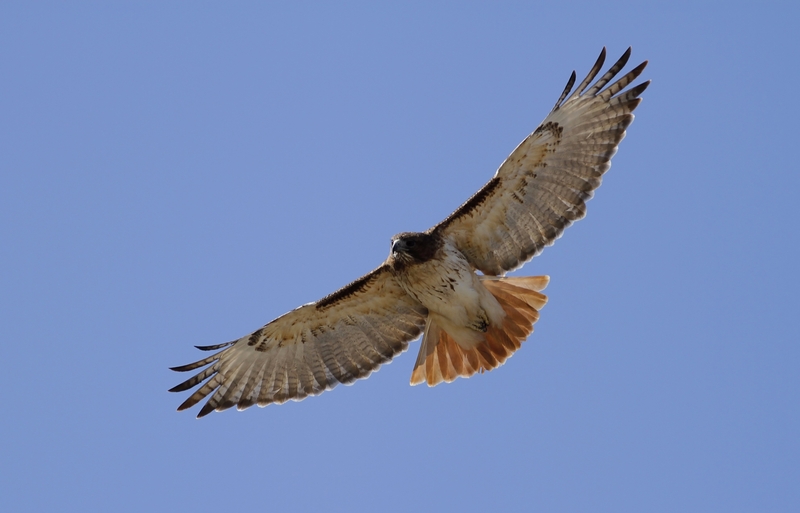

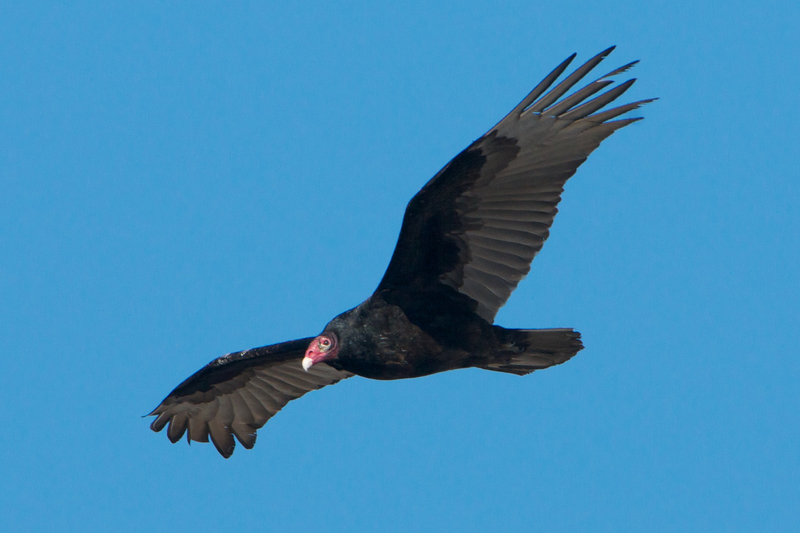
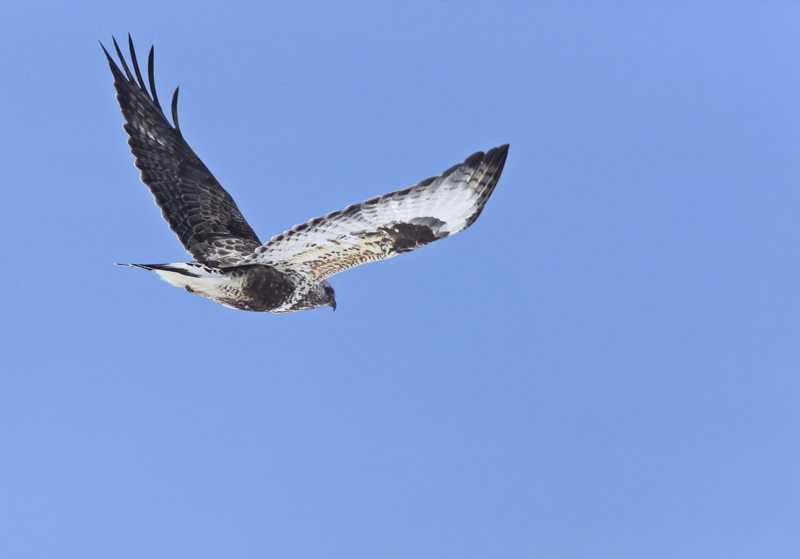
Brockway Mountain is part of the Central Migration Flyway, which has been recognized by the National Audubon Society as an Important Bird Area. The goal of the Brockway Mountain Hawk Watch is to continue the counting of the raptors to “obtain the long-term data necessary for comprehensive analysis,” and the data compiled is entered each day on the Hawk Migration Association of North America, which also collects data from other parts of the country. The specific numbers can be found on Brockway Mountain’s site profile on Hawk Count.
Even for people who don’t love bird watching, but especially for those who do, watching the migration is awe-inspiring. Of course there’s the view from Brockway, which is always beautiful, but as the raptors fly south, they can be above, below or at eye level of the people who stand watching. When I went, I felt like I was witnessing something much bigger and more important than me, and I felt grateful to be there. It was definitely worth the migration of my own from Marquette to the Keweenaw.
Though over 3,000 birds have already been recorded for April, there will surely be more in May. Last year, May saw over 14,000 birds, so there is still plenty of time for interested birders to make the trip and see the beautiful Keweenaw before the towns adjust to the summer months.
This post was contributed by Lucy Hough, a freelance writer from Marquette. She’s also a master’s student at NMU. You can also follow her on Twitter at @yes_lucy.

